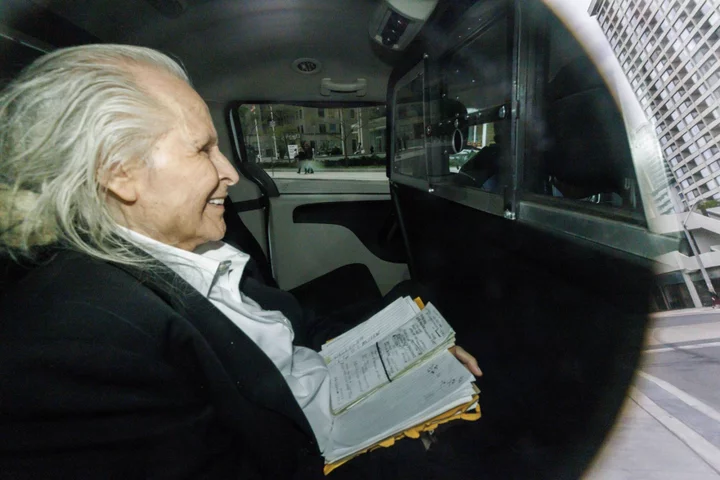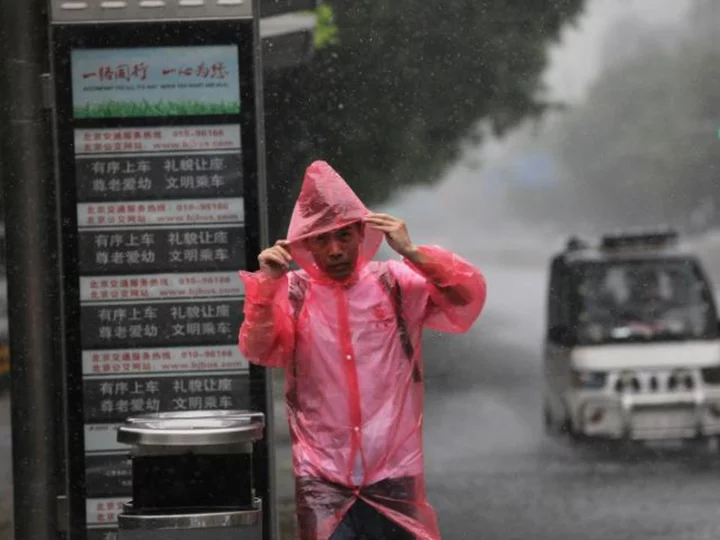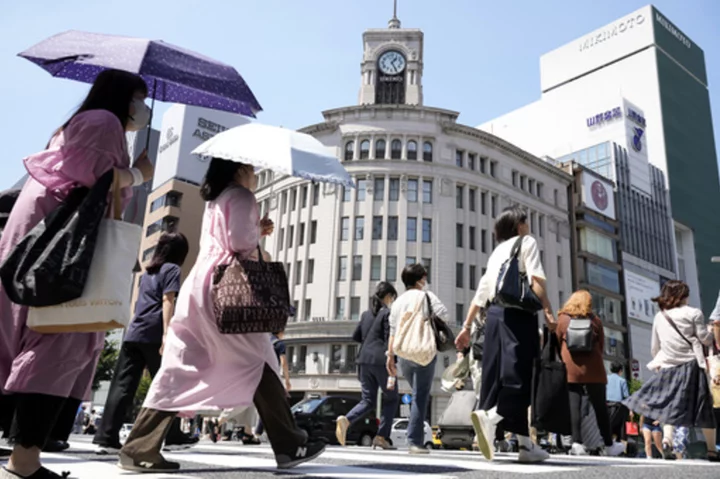
Football rumours: Two Premier League clubs battling for James Maddison
With the domestic season finished, the transfer rumour mill is kicking into overdrive as players get ready to switch clubs. What the papers say Tottenham Hotspur will give Ange Postecoglou funds to rebuild the squad when he is confirmed as their new manager, according to the Daily Mirror. They are willing to battle Newcastle United for England midfielder James Maddison, 26, from Leicester with Brentford goalkeeper David Raya, 27, and Wolves defender Max Kilman, 26, on the wanted list. Moises Caicedo, 21, has emerged as the new midfield target for Chelsea, reports the Standard. The Blues have switched their attention to the rising Brighton star with Paris Saint Germain expected to win the race for 22-year-old Sporting Lisbon midfielder Manuel Ugarte. Newcastle have been dealt a blow in their pursuit of Kalvin Phillips. The Daily Telegraph says the England midfielder, 27, intends to stay at Manchester City. Atletico Madrid have joined the race for Wilfried Zaha, 30, according to the Daily Mail. The Ivory Coast forward will be available for free if he turns down a new contract offer from Crystal Palace. Social media round-up Players to watch Romeo Lavia: Former Chelsea star Eden Hazard is said to have helped with a potential move for the 19-year-old Belgium midfielder from Southampton to Stamford Bridge. Franck Kessie: Liverpool are reportedly keen on signing the Ivory Coast midfielder, 26, from Barcelona. Read More Football rumours: Tottenham and Newcastle after James Maddison and Harvey Barnes Football rumours: Spurs aim to keep reported Manchester United target Harry Kane Man City claim title for third successive time – The 2022-23 season in pictures
2023-06-06 15:00

FPL Gameweek 9: Best midfielder replacements for doubtful Bukayo Saka
The top midfielder replacements for Bukayo Saka in FPL Gameweek 9, including Bruno Fernandes, James Maddison and Moussa Diaby. Powered by Fantasy Football Hub.
2023-10-19 18:00

Cue Health Achieves Groundbreaking Milestone with FDA: First Company to Receive De Novo Authorization for a COVID-19 Home Use Test
SAN DIEGO--(BUSINESS WIRE)--Jun 6, 2023--
2023-06-07 03:49

5 Buzzy AAPI-Owned Jewelry Brands To Add To Your Shopping Roster
We hold jewelry close to our hearts, and to close out AAPI month, we’re sharing designers you can celebrate and shop year-round. All the brands we’ve rounded up have collections that range from dainty to quirky, but each one is embracing 2023’s top jewelry trends. You’ll find everything from nameplate necklaces to affordable wedding bands to pieces that embody Y2K maximalism.
2023-06-01 23:46

Peter Nygard and His Companies Sued by Victims of Alleged Sex-Trafficking
Alleged sex-trafficking victims of Canadian fashion mogul Peter Nygard are suing him, his companies and high-level employees, claiming
2023-11-25 01:51

North Korea to allow its citizens abroad to return home, a sign of further easing of pandemic curbs
North Korea says it will allow its citizens staying abroad to return home in line with easing pandemic situations worldwide
2023-08-27 12:17

The missing Titanic submarine may have used a cheap video game controller
Since the weekend, the internet has been focused on the fate of Titan, a private
2023-06-21 05:10

Whoopi Goldberg’s controversial behavior: ‘The View’ host awkwardly exits after ending show early
On a recent episode of ‘The View’ aired on May 10, Whoopi Goldberg stunned fans and guests after wrapping up the episode early
1970-01-01 08:00

Scandinavian Construction Market Set to Slump, Builder Says
One of Scandinavia’s biggest contractors expects the region’s construction industry to undergo a two-year dive as high interest
2023-09-28 16:33

Thousands flee homes as Typhoon Doksuri soaks Beijing and a second storm approaches China
Tens of thousands of people fled their homes in Beijing after Typhoon Doksuri, one of the strongest storms in years, dumped torrential rain across China as forecasters warned another hurricane-level storm was on its way.
2023-07-31 14:24

Why are Jeff Bezos and Lauren Sanchez taking it slow? Couple has no wedding plans yet, claims source
'They’re still just enjoying the engagement and they had an amazing time with close friends [at the party],' said a source
2023-08-05 07:51

Rushdie says writing again after near-fatal attack
British author Salman Rushdie said Tuesday he was back at his writing desk after being repeatedly stabbed at an event last...
2023-05-23 20:05
You Might Like...

Wages are finally rising in Japan, as inflation eats away at consumer gains

MLB rumors: Is Red Sox planned hire aimed at luring Shohei Ohtani in free agency?

Hiko Announces Retirement From Pro Valorant, Going Full-Time Content Creator for 100 Thieves

More businesses require teens to be chaperoned by adults, curbing their independence

Kering sales down 9% as luxury slowdown stalls revamp

No. 3 Ohio State, coming off big win, attempts to avoid letdown in night game at Wisconsin

Panama Canal Adds Extra Queue-Jumping Auctions for Stuck Ships

Father knows best: Keith Tkachuk's words came at just the right time for Panthers
